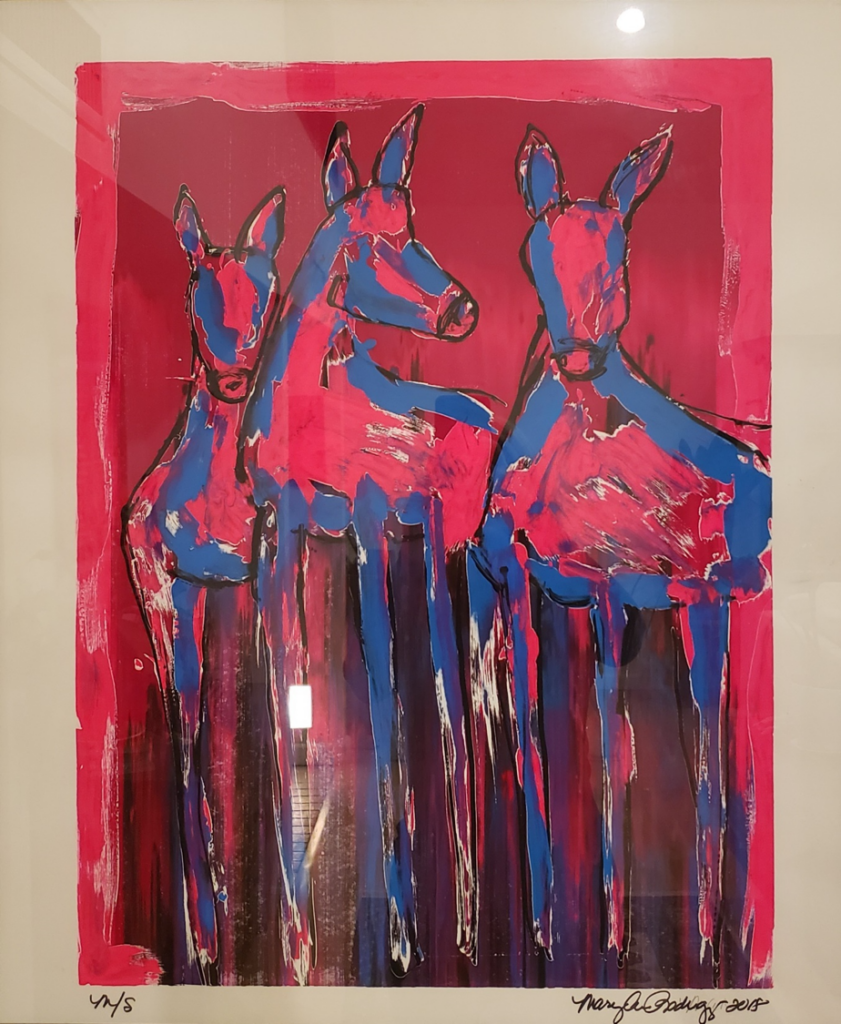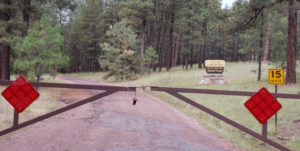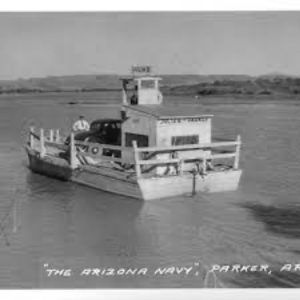
High Horses
At last week’s Getches-Wilkinson Center conference on Colorado River stuff, I had the privilege of moderating a panel with the provocative title “Time to Get Real”.
The opening remarks from Kathryn Sorensen of Arizona State University seemed worth repeating, and she kindly gave me permission to post on the blog (the pictures were her slide deck, accompanying the remarks):
By Kathryn Sorensen
John Fleck asked each of us to consider the following:
What does getting real in the Colorado River Basin mean?
I’ve got three things:
First, with humility and respect, it means that we all need to get off our high horses. Everyone. Me, you, everyone in the basin. Thinking that your water use is justified, and no one else’s is, is not helpful. Thinking that you know how water should be allocated and everyone else has it wrong, is not helpful. And it’s going to push us into camps at a time when we need to focus on collaboration.
 Second, it means that it is not helpful to continue to talk about closing the gate. There is a long history of people moving out here to the West and then wanting to turn around and close the gate. Unless you are a Native American and your family has been here since time immemorial, you do not have the moral high ground to close the gate. There’s something like 8 billion people on the planet. Our cities are going to continue to grow.
Second, it means that it is not helpful to continue to talk about closing the gate. There is a long history of people moving out here to the West and then wanting to turn around and close the gate. Unless you are a Native American and your family has been here since time immemorial, you do not have the moral high ground to close the gate. There’s something like 8 billion people on the planet. Our cities are going to continue to grow.
Our energy is better focused on making sure all families that live in this basin, whether they have lived here since time immemorial or moved here yesterday, have equitable access to safe clean drinking water and effective sewer service.

The Arizona Navy
Third, it means that the basin is aridifying, the Lower Basin is using too much water, and the system is draining. We need to cut water use in the Lower Basin very significantly. Like Senator Sinema, I’m not going to give you a number. Everyone knows we Arizonans are a difficult bunch. If you are not convinced of this, I am happy to convince you further. But on a long-term, sustained basis, the Lower Basin needs to cut by more than 500,000 AF, and I don’t see how, politically, we can cut 3 million. That being said, if we get another year or two of terrible runoff, we may not have a choice.
But have some faith. Save a little optimism. solving for water scarcity is really hard, and the problems we face are enormous. I don’t want to minimize those. But still, solving for water scarcity is technologically easier and less expensive than solving for flooding and seawater intrusion. So we got that going for us.
Thank you.

2 and 3 are a self-contradiction. 1 goes without saying. The problem is it should have started years ago. The Feds made western slope reservoirs dump water to Powell. Was that a mistake? Does anybody know?
Water availability is a zero sum game which is never in stasis. When we have a bit more we develop seemingly perpetual rights to the continued increased amounts and when we then have insufficient supply we try to beat someone else out of their water. Such is human nature. The activity is accelerated and hence exacerbated by the media.